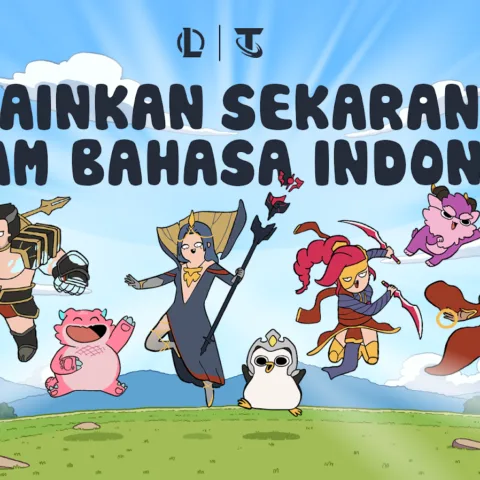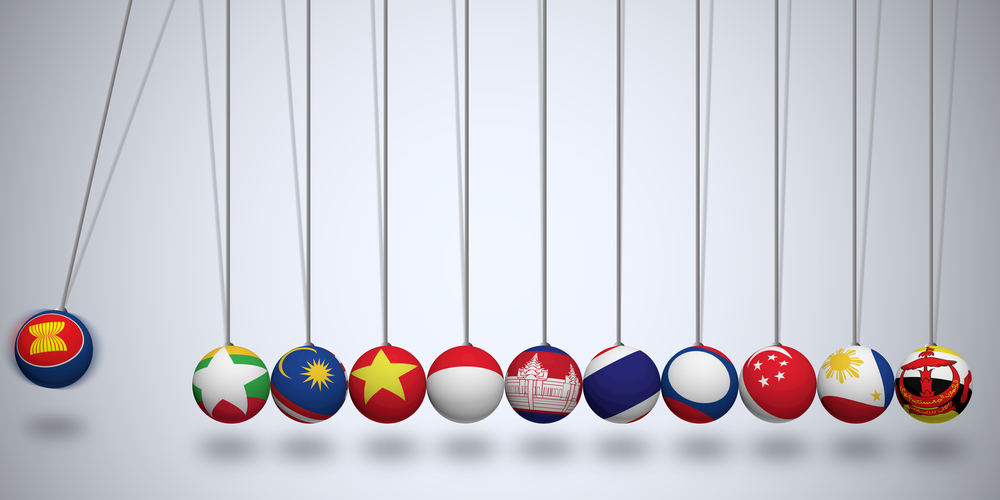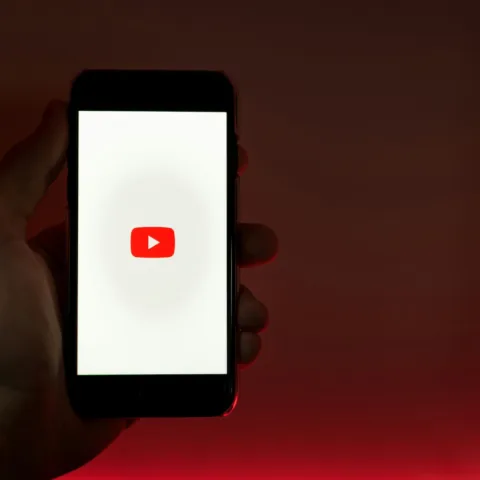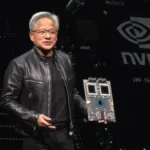League of Legends, Dota 2, Mobile Legends, and Free Fire are some examples of games with massively successful esports scenes. Uncoincidentally, they are also free-to-play games. Of course, this trend begs the question: why are most games with big esports ecosystems use the free-to-play model?
Esports is a clever method to generate long-term income, which does not apply in the Pay-to-Win method. Apart from the long-term business model, which we will discuss in more detail later, there are several factors that allow esports to grow rapidly in free-to-play games.
The Different Types of Video Game Monetization Models
Before discussing the correlation between free-to-play games and thriving esports scenes, let’s take a look at the various monetization models in the game industry today. Free-to-play is just one of several monetization systems used by game developers. Other models that are commonly adapted today are the pay model and subscription model.
In the pay model (sometimes referred to as single payment), players are required to pay a certain amount of money to be able to play a game. In other words, you pay for the game upfront, and the game is yours forever to play. The younger generation or today’s mobile gamers who are used to the free-to-play games may feel unfamiliar with this system. However, the pay model is actually the most common and oldest monetization methods in the gaming industry. Most AAA game developers (like Cyberpunk 2077 or GTA V, for example) and indie developers (like Stardew Valley) do use the pay model extensively.

Games using the pay model are usually not too focused on esports. Of course, there are exceptions to this trend, such as most of fighting games (Street Fighter Series, Tekken Series, and so on) or sports games (FIFA, PES, NBA 2K series, and so on). Counter-Strike: Global Offensive also initially used the pay model but then was made free-to-play in 2018.
In the subscription model, players have to pay a certain amount of money every month to play the game. This model is rarely used in Indonesia and is more commonly known by western gamers. MMORPG games, like World of Warcraft or Final Fantasy XIV Online, often use the subscription model.

World of Warcraft actually integrates different monetization models at once. For example, players must first pay a certain amount of money to get access to the latest expansion, then pay again every month to continue playing. The expansion access fees are usually more expensive (around IDR 500 thousand, similar to the price of AAA games), while the monthly subscription price is much cheaper (around IDR 150 thousand per month)
The subscription model may feel similar to the Battle Passes (like the Royale Pass on PUBG Mobile or Starlight Member on Mobile Legends) in free-to-play games. However, the key difference between the two is that Battle Passes don’t restrict you from playing the game if you don’t pay the monthly fee. On the other hand, in World of Warcraft, free-to-play players can only level up characters to level 20. Subscriptions will allow players to level up to level 50, and purchasing expansions will increase the limit to level 60.
As the subscription model continues to develop, payment of fees is no longer limited to real money. In World of Warcraft, for example, you can pay the subscription fee using the “gold” you get in-game (through crafting, hunting, or trading). Of course, players will need to collect a ton of gold to be able to pay the subscription fees on a consistent basis. Therefore, players have to either sacrifice their time in-game or real-world finances to play the game.
The most modern monetization system in the gaming industry is free-to-play. As the name suggests, players don’t have to spend any money to play the game. However, if the game is free, how can the developers generate revenue to sustain the game? Well, most free-to-play games nowadays implement various types of micro-transactions.
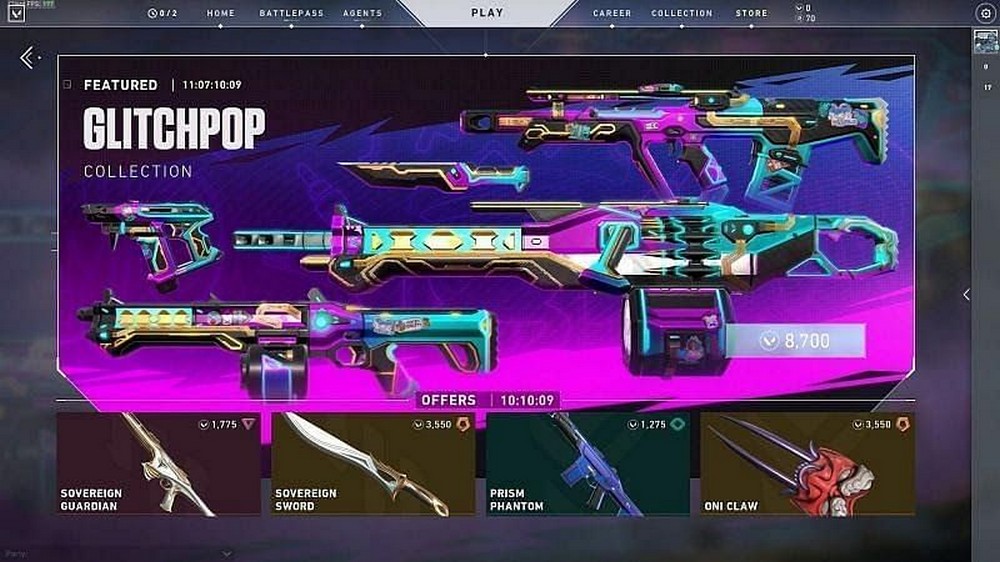
Micro-transactions provide the option for players to purchase cosmetics with real money. In some games, micro-transaction items are usually just add-ons and do not provide any unfair advantage to the gameplay. Examples of these items are character skins in MOBA games or weapon skins in FPS games. However, some in-game micro-transactions will allow the player to get stronger or reach higher levels faster. Purchasing the double XP item in RPG games is one example. Free-to-play games that include the option to afford items with unfair advantages are called Pay-to-Win.
The micro-transaction is not only used by free-to-play games. World of Warcraft and Street Fighter V also such in-game purchases to complement their gameplay experience.
In addition to the micro-transaction method, free-to-play games are now starting to explore new monetization methods to add to their source of income, one of them being esports.
Why Are Successful Esports Games Mostly Free-to-Play?
“If you don’t pay for a product, you are the product.”
A slightly different version of this quote was mentioned when the television was first booming in the public. Today, this expression became widely used, especially in the era of over-attachments to social media such as Facebook, Twitter, Instagram, etc. So, what does esports have to do with this particular quote?
As you may have already guessed, most game publishers and developers in the esports world are trying to turn average players into esports enthusiasts. The esports audience will then be used as a “product” that can be sold to investors or sponsors. This statement may sound somewhat cynical on the surface. However, from the player’s perspective, we actually do not have to experience the “exploitative” nature of other monetization methods.
If you have read Ellavie’s article that discusses the different game industries of Japan, China, and South Korea, you may remember that the free-to-play model is actually a fairly old concept in the gaming industry. Nexon, a South Korean game publisher and developer, was the first to release a free-to-play game called QuizQuiz in 1999.
However, before today’s esports boom, monetizing free-to-play games can hinder the player’s in-game experience and, sometimes, make it severely irritating.
If you’ve been a gamer since the age of internet cafes, you might remember the infamous RF Online. If you play RF Online, you will eventually come across the Premium Service: a service you can activate by buying a voucher (with real money). Premium Service will give you the convenience of greater XP gains and more loot monsters.
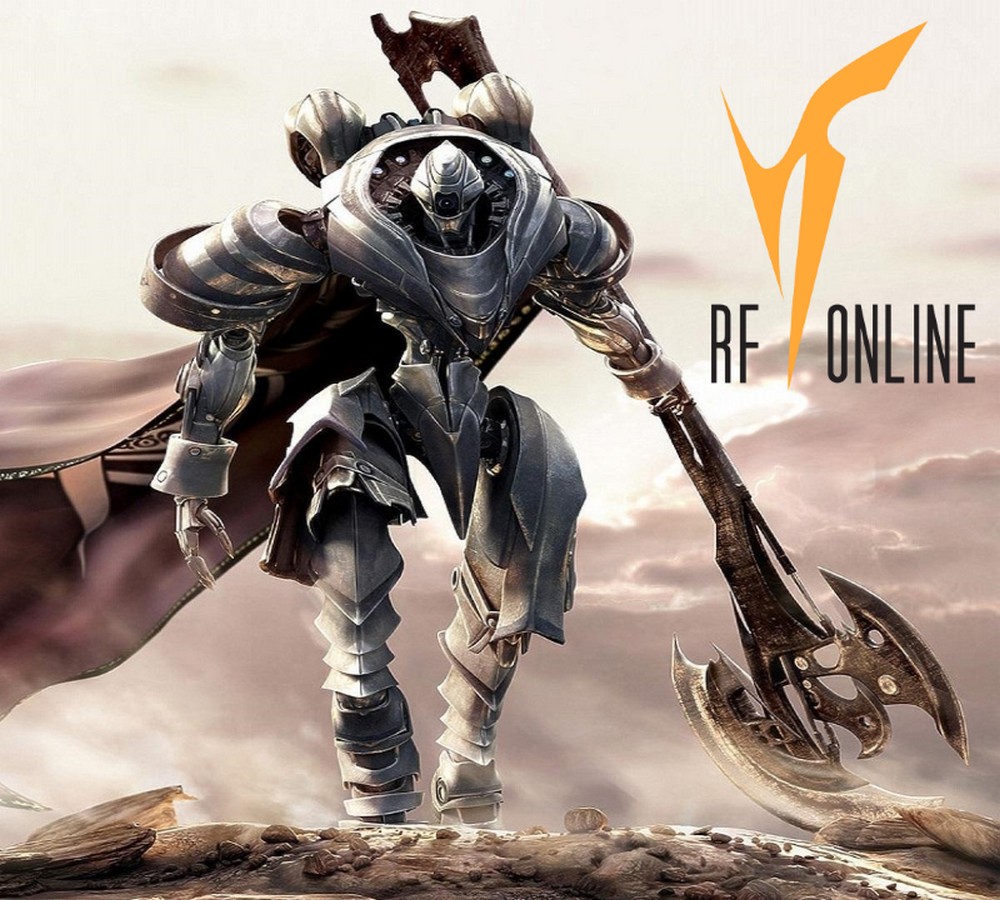
Back then, this was one of the most common forms of monetization for free-to-play games. Indeed, RF Online can be played without needing to spend a single penny. However, your XP gain will be extremely slow, and getting good equipment is extremely difficult because your loot quality is underwhelming. Furthermore, the main attraction of RF online is its PVP element, which requires you to accumulate the highest possible level and obtain the best equipment to be able to compete with other players
Can players have super strong characters without Premium Service? Yes. However, you will need to spend more time and effort grinding the game rather than someone who simply used the Premium Service. These types of monetization systems place more priority on paid players and somewhat neglects free players, which is why I refer to them as being “exploitative”.
There is some debate about the fairness and ethics behind these systems. Fair or unfair, ethical or unethical, it is up to you to decide. In the end, RF Online is, surprisingly, still alive until this very day. Players who are still loyal to the game continue to buy the Premium Service and do not seem to have any problem with the monetization model. Back when I was in junior high school, I also played RF Online and even bought the Premium Service.
However, we can all agree that this system of income is incredibly limiting and somewhat risky for the game developers. What happens if all of the players suddenly stop buying the Premium Service?. Even worse, what if everyone stopped playing the game because they felt exploited by the Premium Service system?
Another system that is similar to RF Online’s Premium Service is the “speed up” feature in Clash of Clans (CoC). Although the two systems may look different, they inherently have the same principle: speed up the progression (character strength/troop creation/level up) for players who have in-game purchases.
During the height of its popularity, CoC had amassed tremendous income with this monetization model. According to statista, Clash of Clans had earned an income of $ 1.8 trillion USD in 2015. Unfortunately for Supercell, this figure continues to decline every year, reaching a low of $ 722 million USD in 2019.
The data is an illustration – if not evidence – of how this monetization system is not a sustainable income strategy. As I mentioned before, the system heavily depends on the player’s desire to speed up progress and buy micro-transactions. Once the game’s hype dies down, players will eventually stop playing, and the income source consequently disappears. We also briefly discussed the “pay-to-win” issue in free-to-play games if you want to know more about why monetization in this approach has its own problems.
Developers have used many ways of incentivizing players to keep staying in the system. They might use “subtle” methods, as seen in the Vox video below. If this method fails, they might use the “frontal” method, which is essentially slowing down the free players’ progress.
On the other hand, the presence of esports has indirectly opened up new business opportunities for game developers and can even extend the lifespan of their games. One of the reasons why this can happen is that esports games are usually very accessible.
As you have seen from the title, most games with successful esports scenes are free. Because the game is free-to-play, players can access the game as long as they meet the minimum specification required to run the game (which is usually much lower than paid premium games).
We can take VALORANT, released in 2020, as an example. VALORANT can be run with only an Intel HD GPU, which is built into the processor. FIFA 21, on the other hand, is a paid game that also requires an external GPU (adding to the total cost of the game) in the form of a GeForce GTX 660 and a Radeon HD 7850.
The two games have their respective esports scene. But which of the two are more popular? As you have probably guessed, it is VALORANT. Games with easy access (free-to-play and low hardware specification requirements) have more potential in attracting new players rather than games with difficult access (paid and high hardware specification requirements). As a result, VALORANT was able to accumulate up to 478 thousand viewers on Twitch, while FIFA 21 merely reached 82 thousand viewers, according to twitchtracker.com.
There are several steps in the monetization process of free-to-play games. Low specs and free games first attract new players (with little to no effort). These players slowly become viewers or enthusiasts through watching streamers or tips and tricks contents. Tournaments and leagues can then be presented to these viewers and commercialize them in the form of sponsorships, media licenses, or other investments from external parties.
Let us take Riot Games’ League of Legends as an illustration. If you frequently follow Hybrid’s news, you can see the abundance of deals Riot got in 2020 alone. Riot collaborated with many popular brands in various fields ranging from fashion such as Louis Vuitton, AAPE, tech companies like Cisco, to music brands such as Universal Studios and Spotify. These brands are willing to make a deal with Riot because it has the capability to ammas an audience of 44 million people during the 2019 LoL World Championship. Therefore, it is not surprising that Riot Games decided to make esports one of the pillars of their business rather than just a marketing tool.
Presenting AAPE BY *A BATHING APE® X LEAGUE OF LEGENDS, a limited apparel collection, and True Damage Yasuo Prestige Edition. Available online and in select retail stores on September 25.
AAPE BY A BATHING APE @AAPE_OFFICIAL #AAPExLoL pic.twitter.com/jZ0BzRmeyt
— League of Legends (@LeagueOfLegends) September 1, 2020
Riot Games’ achievements are living proof that esports is a more sustainable and profitable monetization method for free-to-play game publishers.
Dota 2 can also be another example of a game that thrives from the presence of esports. Valve sells a Battle Pass (containing various skin and cosmetics) on a yearly basis and uses 25% of the sales to increase the prize pool of The International (TI). Valve raised US$40 million from The International Battle Pass last year. Keep in mind that this is only 25%. The remaining 75% of the Battle Pass sales are going directly to Valve’s pocket. You can imagine how much Valve is profiting from the esports monetization model alone.
Making games that are free-to-play, especially when it is integrated with a healthy esports ecosystem, has been proven to be an effective business model. Esports also provides a lot of commercialization potential by building the interest of external parties to invest in the game. It can also incentivize players to buy in-game content, like Dota 2’s Battle Pass, that will support their favorite team and the overall esports ecosystem.
Why Are Other Monetization Systems Less Successful In Building Esports Ecosystems?
I have previously discussed the factors behind the success of competitive esports games. If you have read that article, you will also find the ease of access to the particular game is key to its esports growth.
The price of the game and minimum spec requirements are the two elements that affect the accessibility of a game. In the end, the number of players in a game will always be determined by how high the entry barrier is set by the game developer/publisher. The lower the price and the device specifications, the greater the market potential the game can amass. Referring back to the VALORANT vs. FIFA 21 argument, VALORANT is superior in terms of player numbers since the game is free, while FIFA 21 costs IDR 849,000. VALORANT can also run without an external GPU, while FIFA 21 requires the use of an external GPU.

With regards to the different approaches of game developers I mentioned earlier, we can take Nintendo as a case study. The Smash Bros community frequently complained to Nintendo due to the lack of financial support they receive in Smash tournaments. On one occasion, Nintendo even expresses its unwillingness to invest in esports.
Despite Super Smash Bros having a massive following of loyal fans, Nintendo still does not want to capitalize on the esports income strategy. This notion is especially true for developers who already had success using the pay model. After all, if Nintendo already generated significant revenue from the sales of Super Smash Bros alone, why would it bother to risk investing in an esports scene?

On the other hand, developers releasing free-to-play games (which obviously cannot rely on game sales) will need an alternative source of income. Selling skins can be one way of generating revenue, but it will most likely not cover the operating cost of the game. Developers can also use the aforementioned “exploitative” monetization methods. For example, Riot Games can make a champion unlockable on a certain level, which indirectly forces players to pay to level up faster. However, these types of monetization model has been shown to not be sustainable in the long-term.
Indeed, cultivating an esports ecosystem requires significant investment and is not always guaranteed to be profitable. However, when proper and careful steps are taken, we have seen how many developers thrive solely from their esports scenes. As Riot Games CEO Nicolo Laurent once said, “We no longer see esports as just marketing, but as a business.” Nicolo also added, “we want to make sure everybody has something to win.” From Nicolo’s statements, it is clear how esports has a wider economic impact compared to micro-transactions or the pay-to-win model.
Conclusion
From this discussion, we have explored why free-to-play games, when integrated with esports, can bring many income benefits for the game developers. Esports also have the potential to build players’ loyalty, extend the lifespan of a game, and bring commercialization interests from external parties
So, should all free-to-play games have an esports scene? Well, not exactly. After all, the game’s direction is solely dependent on the developer’s goals and focus. For example, Clash of Clans still managed to persist until today (although its popularity is declining) without the esports monetization model. Riot Games, a developer famous for its thriving esports scene, still prioritizes making high-quality games rather than focusing on esports.
I very much agree with Riot’s philosophy here. After all, esports is the product of a game. A high-quality, creative, and well-balanced game will naturally produce a competitive esports scene. Thus, developers should put more effort in perfecting their game and player experience, then an expansion to the esports scene will automatically follow.


